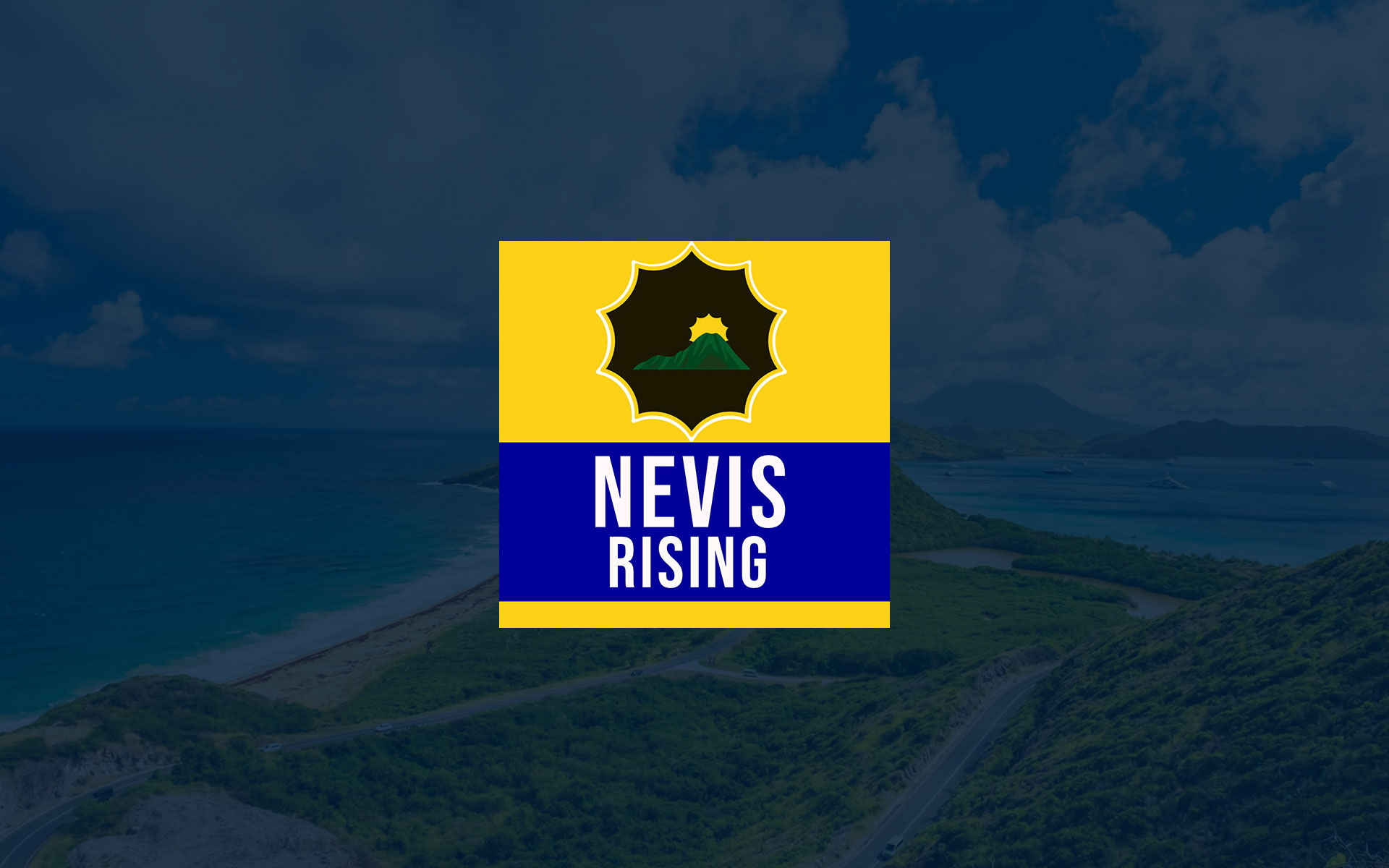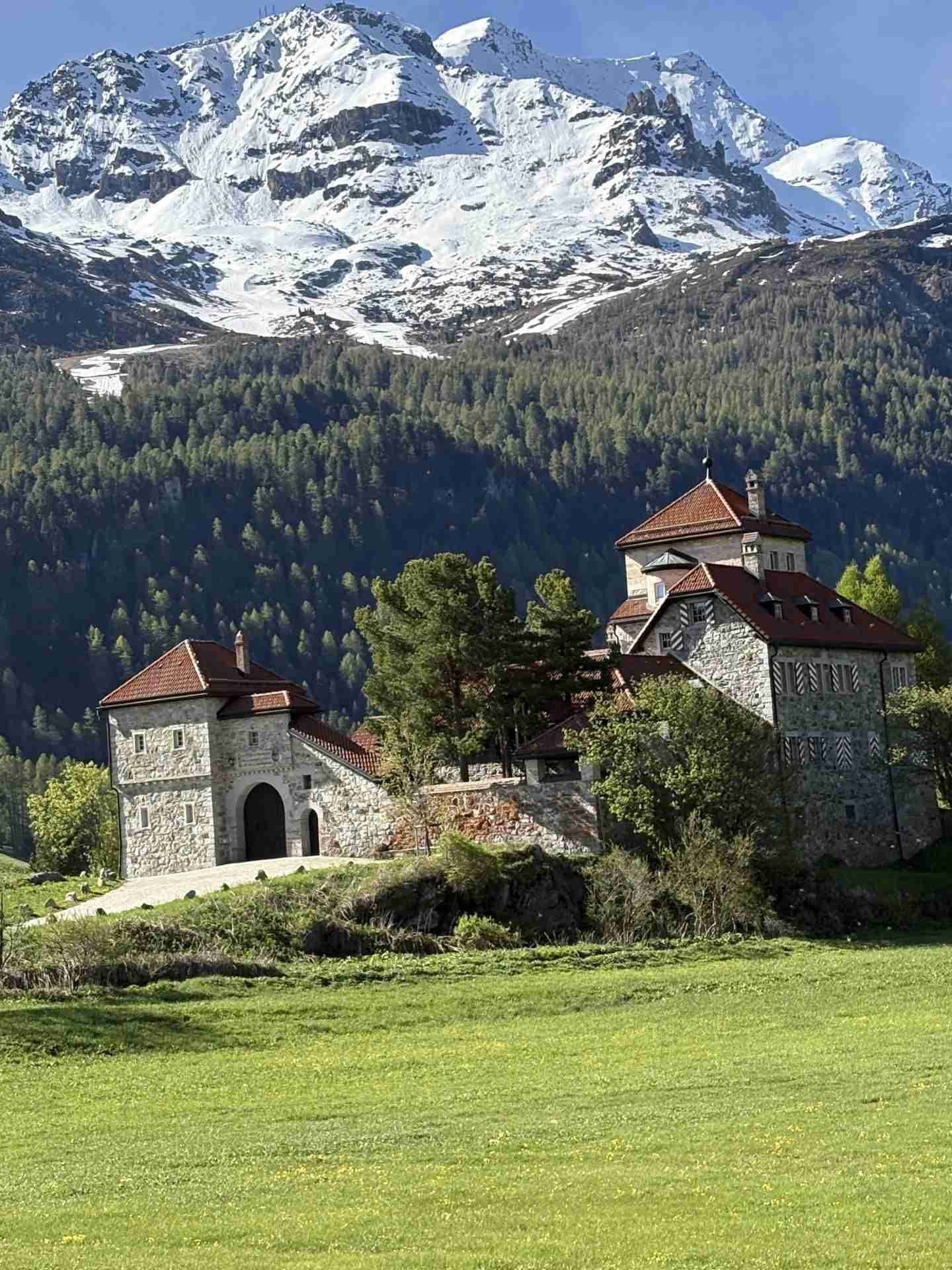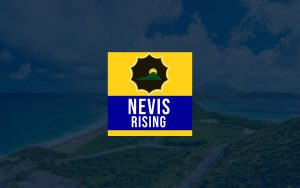Ghostly Captain Guides Sailboat Across the Atlantic
The serendipitous discovery of a derelict sailboat on a remote Caribbean beach sparked an intriguing investigation into its origins, ultimately revealing a poignant tale of maritime adventure and tragedy. While strolling along the tranquil shores of Hanley Bay on the island of Nevis, the author stumbled upon an unexpected sight: a sailboat stranded high on the sand, seemingly abandoned. The vessel’s solitary presence amidst the idyllic backdrop of sun-kissed beach and turquoise waters piqued the author’s curiosity, prompting him to capture the scene in a photograph. The image, capturing the boat’s name, became the catalyst for a quest to unravel the mystery of its presence on this far-flung shore.
Recognizing the potential significance of the find, the author shared the photograph with a friend, a seasoned sailor whose maritime knowledge offered a glimmer of hope in tracing the boat’s history. The friend’s subsequent research yielded astonishing results, connecting the stranded vessel to a renowned solo sailor, Rob Mitchell, whose disappearance had previously made headlines in the sailing world. Mitchell, known for his daring voyages and adventurous spirit, had vanished off the coast of Portugal following a Mediterranean sailing expedition. His body, tragically, had been recovered, still clad in a life jacket, leaving the fate of his beloved sailboat, the Katness, shrouded in uncertainty.
The discovery on Nevis provided a surprising and bittersweet epilogue to Mitchell’s story. The Katness, presumed lost at sea, had miraculously survived the presumed storm and drifted across the vast expanse of the Atlantic Ocean, eventually finding its final resting place on the shores of a distant Caribbean island. The boat’s unexpected reappearance, though tinged with sadness, offered a tangible link to Mitchell’s adventurous life, a poignant reminder of his passion for the sea and the unpredictable nature of maritime journeys.
The Katness‘s improbable journey from the waters off Portugal to the sands of Nevis raises intriguing questions about the forces of nature that propelled it across the ocean. The prevailing currents and winds of the Atlantic likely played a significant role, carrying the unmanned vessel on an unplanned transatlantic voyage. The absence of a crew and the presumed damage from the storm that claimed Mitchell’s life would have rendered the Katness a ghost ship, subject to the whims of the ocean’s currents. The fact that it survived the crossing intact, albeit stranded, is a testament to its sturdy construction and a stroke of incredible fortune.
The story of the Katness serves as a poignant reminder of the unpredictable nature of the sea and the inherent risks associated with maritime adventures. While sailing offers a unique sense of freedom and exploration, it demands respect for the ocean’s power and the importance of preparedness. Mitchell’s tragic fate underscores the necessity of safety precautions and vigilance when venturing into the open waters. The Katness‘s solitary journey, on the other hand, speaks to the resilience of human-made vessels and their ability to endure even the harshest conditions.
The unexpected discovery on Hanley Bay transforms a seemingly ordinary beach stroll into a profound reflection on life, loss, and the enduring power of the sea. The stranded sailboat, a silent witness to a tragic tale, becomes a symbol of adventure, resilience, and the interconnectedness of seemingly distant shores. The image of the Katness resting on the sand, far from its intended destination, serves as a poignant reminder of the unpredictable nature of life’s journeys and the enduring mysteries that lie beneath the surface of the vast ocean. The author’s simple act of capturing the scene in a photograph became the catalyst for uncovering a deeper story, one that connects a remote Caribbean beach to a tragedy that unfolded thousands of miles away, highlighting the interwoven narratives that shape our world.
Share this content:












Post Comment